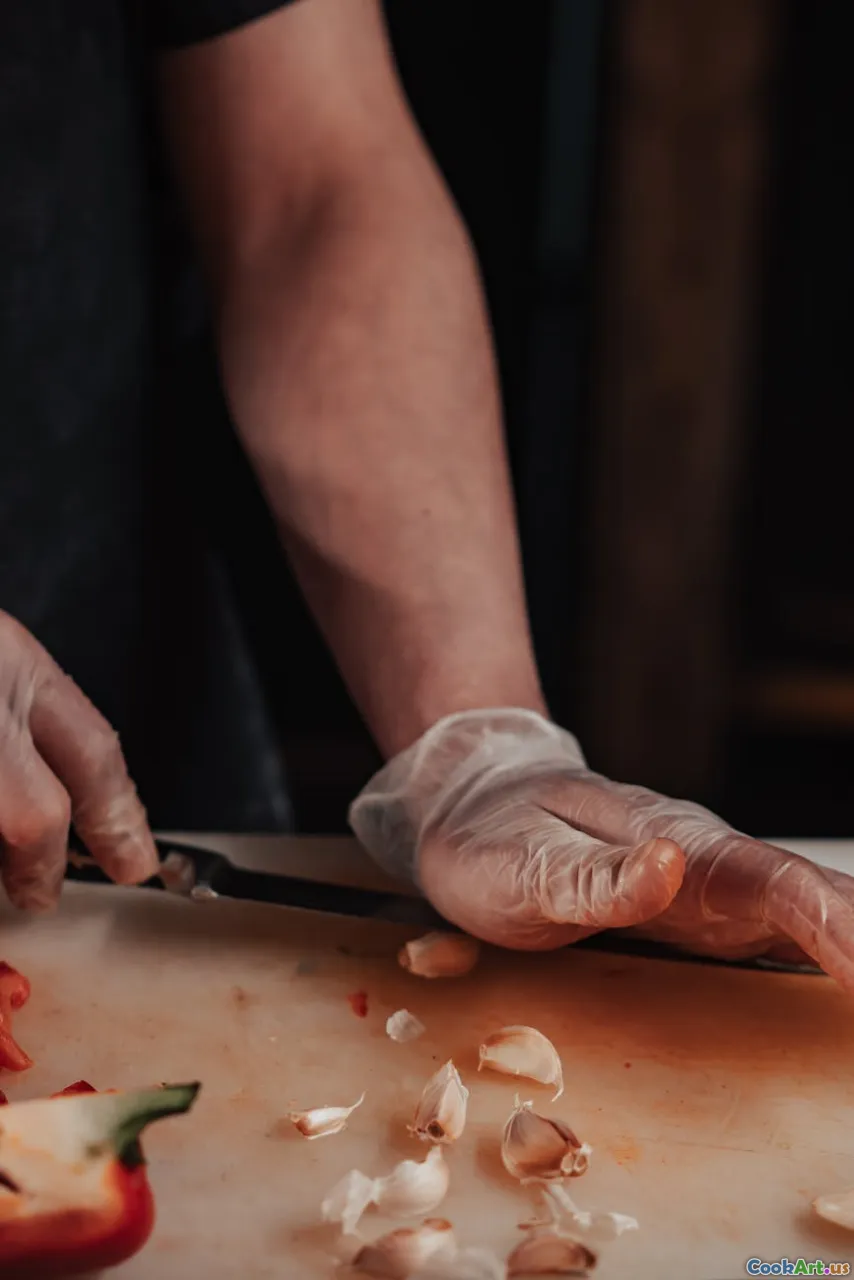Knife Skills for Vegetable Preparation
5 min read Unlock the secrets of efficient vegetable preparation with essential knife skills that every cook should master. April 06, 2025 16:00
Knife Skills for Vegetable Preparation
In the culinary world, knife skills are often seen as the cornerstone of successful cooking. Mastering the art of vegetable preparation not only enhances the presentation of dishes but also improves cooking efficiency and flavor extraction. With the right techniques, anyone from the novice home cook to the seasoned chef can elevate their kitchen prowess. Here’s a comprehensive guide to honing your knife skills for vegetable preparation.
The Importance of Knife Skills
Knife skills are crucial for several reasons:
- Efficiency: Proper cutting techniques can significantly reduce prep time.
- Presentation: Uniform cuts enhance the visual appeal of dishes.
- Flavor Release: Different cuts can release flavors differently, impacting the final dish.
- Safety: Well-executed cuts minimize the risk of accidents in the kitchen.
Choosing the Right Knife
Before diving into techniques, it’s essential to understand the different types of knives used in vegetable preparation. Here are a few key knives:
- Chef's Knife: Versatile and perfect for most cutting tasks.
- Paring Knife: Ideal for intricate cuts and peeling.
- Serrated Knife: Best for cutting soft vegetables like tomatoes.
Knife Care and Maintenance
A well-maintained knife is safer and more effective. Here are some tips:
- Sharpen Regularly: A sharp knife requires less force, making it safer.
- Clean Properly: Hand wash knives and avoid the dishwasher to maintain the blade.
- Store Safely: Use a knife block or magnetic strip to prevent dulling.
Essential Cutting Techniques
1. Chopping
Chopping involves cutting vegetables into uniform pieces, perfect for stir-fries or salads. Hold the knife with a firm grip, and use a rocking motion for efficiency.
2. Dicing
Dicing is cutting vegetables into small cubes. Start by slicing the vegetable lengthwise, then crosscut into even pieces. Aim for uniformity to ensure even cooking.
3. Julienne
The julienne cut is a classic technique that transforms vegetables into thin matchstick shapes. This is excellent for salads or garnishes. Begin by slicing the vegetable into planks, then stacking them and cutting into thin strips.
4. Brunoise
This is a more advanced technique that involves dicing vegetables into tiny cubes. It’s often used for garnishes and to create a fine texture in dishes.
5. Mince
Mincing is cutting food into tiny pieces, often used for garlic or herbs. The goal is to maximize surface area for flavor release.
Tips for Efficient Vegetable Preparation
- Prep Before Cooking: Always wash, peel, and cut vegetables before you begin cooking to streamline the process.
- Use the Right Cutting Board: Wooden boards are ideal for knives, while plastic boards can be easier to clean.
- Practice Makes Perfect: Regular practice will improve your speed and accuracy.
Cultural Perspectives on Knife Skills
Knife skills vary across cultures, each with unique cutting techniques and styles. For instance, in Japanese cuisine, precision cuts are essential, showcasing the knife as an extension of the chef's artistry. In contrast, rustic Italian cuisine often favors hearty chunks, emphasizing the natural shapes of the ingredients.
Conclusion
Mastering knife skills is an essential aspect of culinary education. With practice and the right techniques, anyone can improve their vegetable preparation skills, making cooking not only more efficient but also more enjoyable. Start experimenting with different cuts today, and watch your culinary creations transform into beautifully presented dishes that delight the senses.









